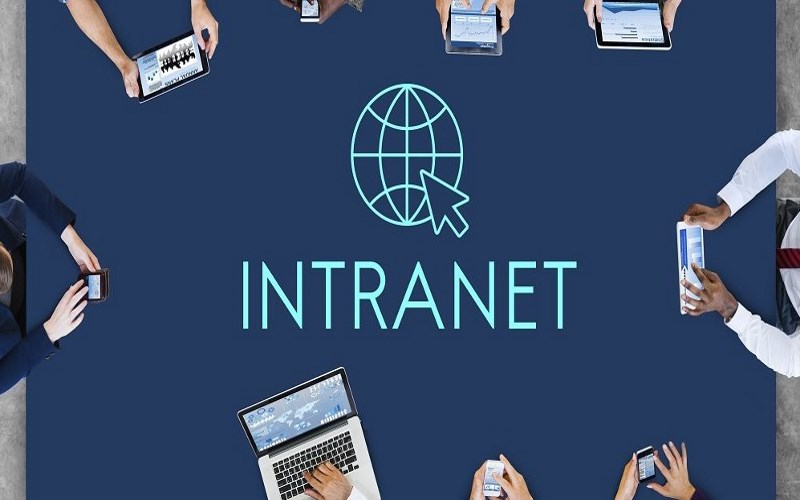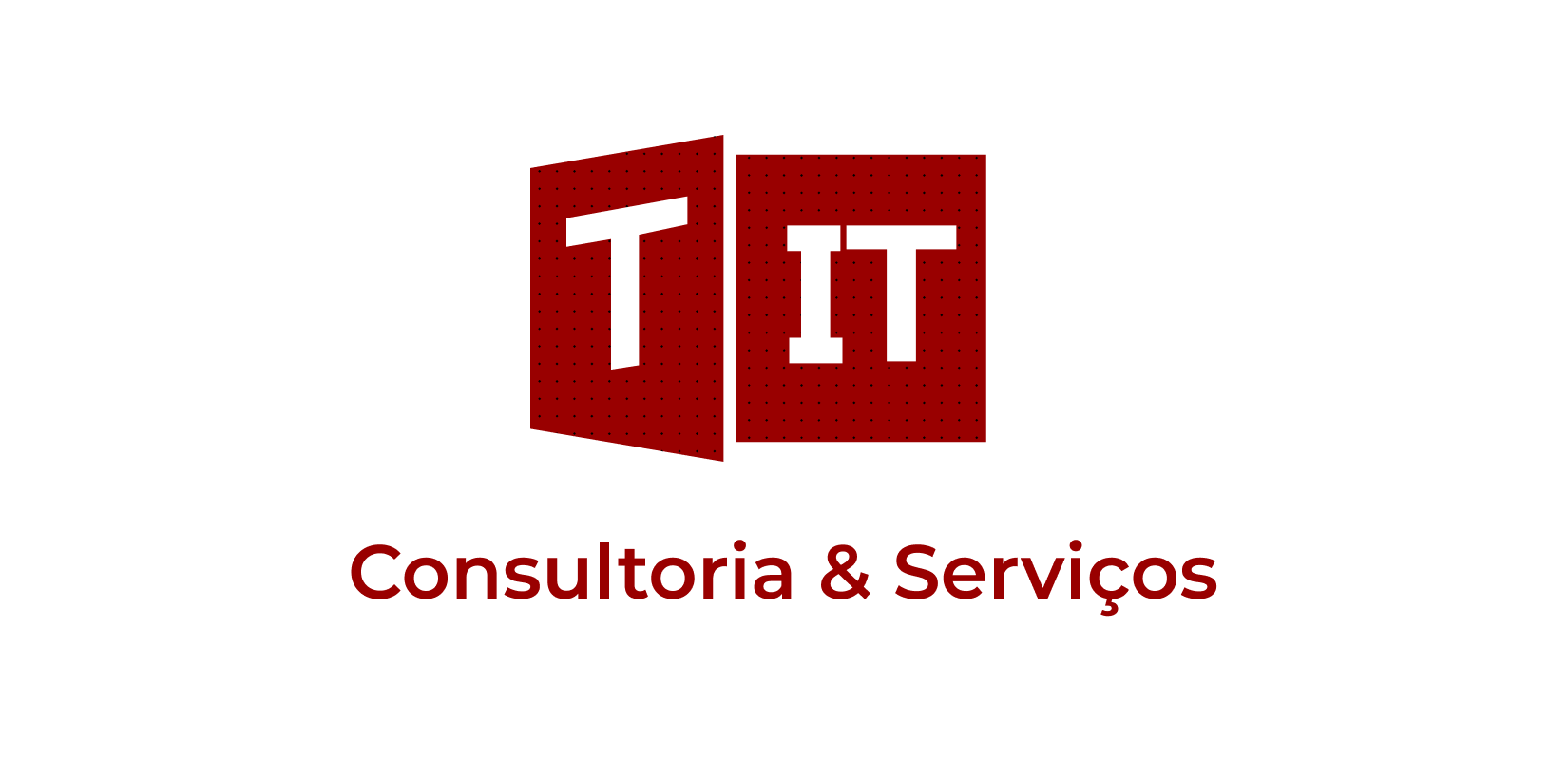Changes in processes are common in most organizations, and digital transformation has fuelled this and change is happening at a rapid pace. It is a must for a team to cope with project-related changes in order to grow within the organization. If you must undergo SharePoint change management, it is critical to embrace effective alignment to ensure that the team not only survives the change but also makes a positive transition toward a new opportunity.
5 Tips for a Successful SharePoint Change Management
Making the necessary adaptations during the SharePoint change management process could yield wonderful benefits when properly managed. Here are some tips to help you facilitate that transition.
Start with a Change in Mindset
There was a time when a change in an organization meant significant interventions and changes to the standard operational procedures. But since the age of the digital revolution and the prevalence of cloud-based IT platforms, change has been happening more frequently and consistently. Administration and end users have to cope with these changes since it has become almost routine for them.
End users are definitely not thrilled when these new changes are rolled out. It means more time is needed for them to learn and get familiar with a new set of functions and tools that they must rely on as part of their day-to-day tasks. More often than not, the leader of the organization has to dedicate time to motivate the team about the value of these changes as critical to the growth of the entire organization.
Adopting the right mindset as you transition into the SharePoint change management process is a critical element to the whole process. Some might take years before they can fully establish the right mindset, while others take less time to cope as you kick off the change process.

Dealing with Disruption
SharePoint is a crucial platform that is employed by many organizations for day-to-day tasks. For this reason, some end users might find that the incessant changes that are being done to the processes are actually disrupting their ability to become productive with it.
This is where leadership can come in to weigh the potential benefits that active change management processes will bring. It is important to analyze all aspects of the change to ensure that any disruption it causes will bring about improvements to the entire organization. The experts call this the “evergreen approach.” This is part of the reality of using cloud-based IT systems, and it cannot be avoided.
You could choose to delay the implementation of these changes and adoption of new features, but in the process, you are only delaying the inevitable. On the flip side, delaying the implementation of the new features will also limit the potential for your team to utilize the benefits offered by the new features.
It is best for your team to anticipate and envisage the future iterations of SharePoint so you can mitigate any risks resulting from the disruptions.

Build a Guiding Coalition
To deny the change management process is to deprive your team of the ability to establish a modern and integrated approach when handling change management. Once you get the go-ahead for the implementation of the SharePoint changes, you must put together a coalition responsible solely for leading the change.
This coalition will develop and implement the change management techniques. It is important to carefully select the people who will make up the team and ensure that they fully understand the urgency of the task. Their goal is successful implementation with minimal disruption. They must also recognize that 100% adoption is the end goal for this undertaking. Thus, their goal is to minimize factors that will cause the project to stall.
Support End Users
The end users will experience the brunt of the impact of the SharePoint change management process. Therefore, it is crucial to provide them with as much support as they need during this process.
As the SharePoint platform is expected to change dramatically and frequently over time, the goal for the team must be to facilitate seamless integration, not just for current implementations, but also for future iterations. End users must be given adequate support to enable them to adapt to working with new features and changes at a moment’s notice. This will eliminate the need to make drastic changes every single time new versions are deployed.
There are many ways to provide support to end users, and an optimized communication channel is one of them. You should communicate changes and planned deployment in a timely manner. It is also important to include them in the planning process so you can gain insight into their wishes and expectations. It is the perfect approach when preparing the end users for the changes that are to come, as well as for them to anticipate what type of changes will be coming their way.
In addition to prompt and timely communication, further training might be required to support end users in this period of transition.

Managing the Depth of Change
One of the challenges of implementing SharePoint change management is in the level of requirements needed as you adapt to the change. Some changes implemented are minor, but others are more complex. Matching the level of change with your requirements is a crucial part as you make this change.
To manage the depth of the change, you need to employ proper risk management methods. This is why appropriate project planning is vital before you execute the change to ensure that a prudent check is done to evaluate the technical requirements for change. This is crucial as you deploy changes to ensure purposeful implementation.
The Bottom Line
Any form of change is disruptive to any organization – big or small. Managing SharePoint change management is no easy feat. Proper planning and communication within all levels of employees are vital to success. You need to carefully plan the steps required as you handle SharePoint change management from the top to the end users. Tools like Cardiolog, designed to monitor and analyze SharePoint usage, can help ensure a smooth transition by providing insights into user adoption and engagement. Additionally, maintaining communication throughout the process is crucial until everyone has fully adapted to the new system.
FAQs about Tips for a Successful SharePoint Change Management
What are effective User Adoption Strategies for SharePoint?
To enhance user adoption, it’s crucial to engage employees early in the process. Implement training sessions tailored to different user levels, create easy-to-understand resources, and highlight the benefits of SharePoint in everyday tasks. Additionally, recognize and celebrate milestones to motivate users.
What are the Change Management Best Practices for a successful SharePoint implementation?
Best practices include establishing a clear vision, forming a guiding coalition of stakeholders, and maintaining open lines of communication. Regularly assess the project’s progress and adjust strategies as necessary, ensuring that every team member understands their role in the transition.
How can Stakeholder Engagement be improved during a SharePoint rollout?
Actively involve stakeholders by seeking their input and feedback throughout the process. Regular updates, workshops, and collaborative planning sessions can help foster a sense of ownership and commitment, ensuring that their concerns are addressed and their insights are valued.
Why is Executive Buy-In essential for SharePoint change initiatives?
Securing executive buy-in is crucial as it provides the necessary support and resources for the project. Executives can help create a sense of urgency around the change, facilitating smoother transitions and encouraging team members to embrace new practices, ultimately driving user adoption.
How can organizations effectively address Overcoming Resistance to Change in SharePoint?
To tackle resistance, it’s important to communicate the benefits of SharePoint clearly and address any fears or misconceptions. Providing ongoing training and support, along with encouraging feedback, helps users feel more comfortable with the changes. Recognizing and rewarding early adopters can also motivate others to engage with the new system.














 Follow @cardiolog
Follow @cardiolog 